
I had never been a fan of cactus. Prickly, tough-skinned, ungainly. Leaves so attenuated they’ve become sharp-tipped spines. Interesting shapes, perhaps. Fascinating as examples of environmental adaptation, thriving from western Canada to Patagonia. But nothing to love.
Things have changed. When I first came to the southern California desert and hiked in the spare open spaces, dwelling with sand, rock, spindly, dark-leaved creosote, and spiny ocotillo, cacti made sense. The first to woo me were the various chollas, somewhat endearing despite their dangerous, bristling spines.
The outermost ones, tiny barbed glochids, are nearly invisible and come off easily, as I’ve learned to my regret. But those translucent outer spines, however treacherous to skin, catch the sun and set chollas ablaze.

There were prickly pears, less lethal, spine-wise. Their small ‘jumping’ spines are easier to see and harder to brush against since their longer spines will discourage you. Their flattened, rounded pads, one growing out of another, were intriguing and handsome among the rocks.
Barrel cactus, too, its broad ribs creating a deeply pleated surface, with long, curving, colorful spines, blended easily with the boulders, silvery leaves, and sand.

The less obtrusive, even hard-to-find fish hook cactus was almost pretty, with a delicate network of curved spines. Its small size contrasts with the impressive, stately saguaro, tall arms raised to a blue sky.
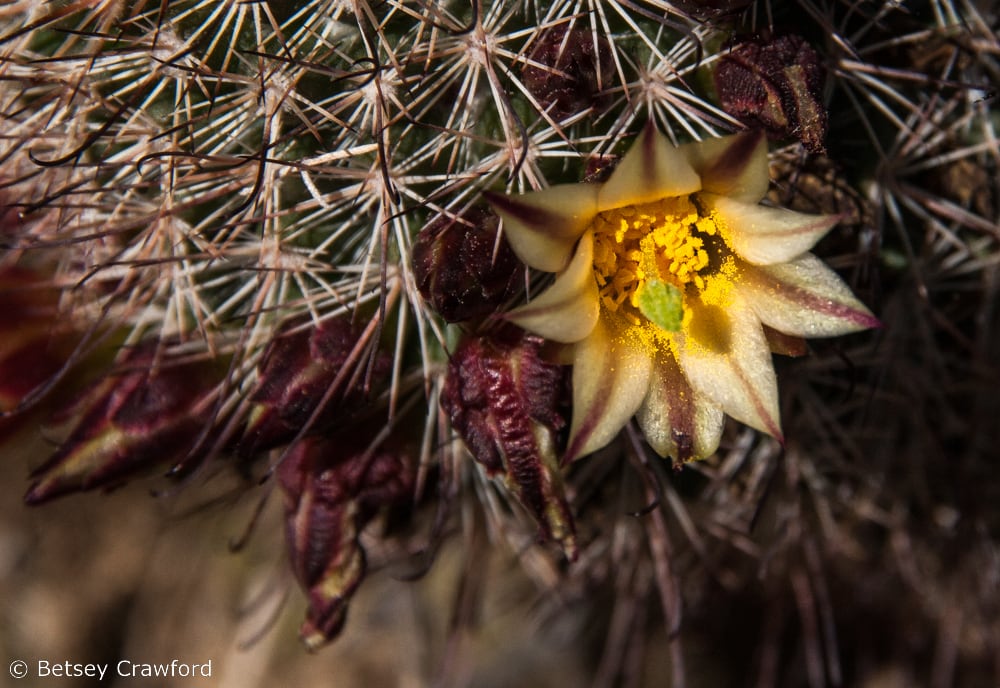
But nothing reconciled me to cacti the way their flowers did when they showed up on subsequent visits to southwestern deserts. First, come buds that look like they’re plated with armor. The bud then opens into a wrinkled mess that makes you think the flower has already shriveled up.

From this daunting start unfurls a flower so lovely, so delicate, so translucent that you can’t believe your eyes. It’s as if your tough-talking, cigarette-dragging, hard-as-nails but intriguing neighbor answered the door in the softest, silkiest lingerie, floating gorgeous colors.
Startled, you forget you came to borrow her chainsaw, and you’re dying to ask whom she’s expecting. Cacti use those beautiful, filmy colors and textures for the same reason we do: allurement. Many expect bees, though others are more tempting to butterflies, moths, and hummingbirds. Unlike other families of plants, cacti are unusually attractive to bats, who favor large, widely separated species like saguaros.

These beauties produce a profusion of pollen and need their partners to share it as widely as possible since they aren’t self-pollinating. The ovaries are well protected by their fleshy receptacles until the fruits — juicy or dry, depending on the species — are ready to grow and ripen. To combat the unlikely chances of sprouting in such extreme dryness, cacti produce a lot of seeds which are borne off by birds and animals who eat the fruit.

Just as you will never look at your neighbor in the same way, having seen that side of her, it became impossible for me to look at cacti and not know what they are capable of, come spring. So that went a long way toward learning to love them. But there’s something else that fostered the change. When you see them where they have grown and adapted for millions of years, they fit into the landscape in a way they don’t anywhere else.
And why wouldn’t they? They now help form the landscape, but along the way, the landscape formed them. Responding to the rigors of the desert environment, plant tissues adapted. Stem tissue became the body and arms of cacti. Leaf tissue shrank into spines. The regular dark spots on the bodies and limbs are areoles, highly condensed branch tissue that both spines and flowers arise from.
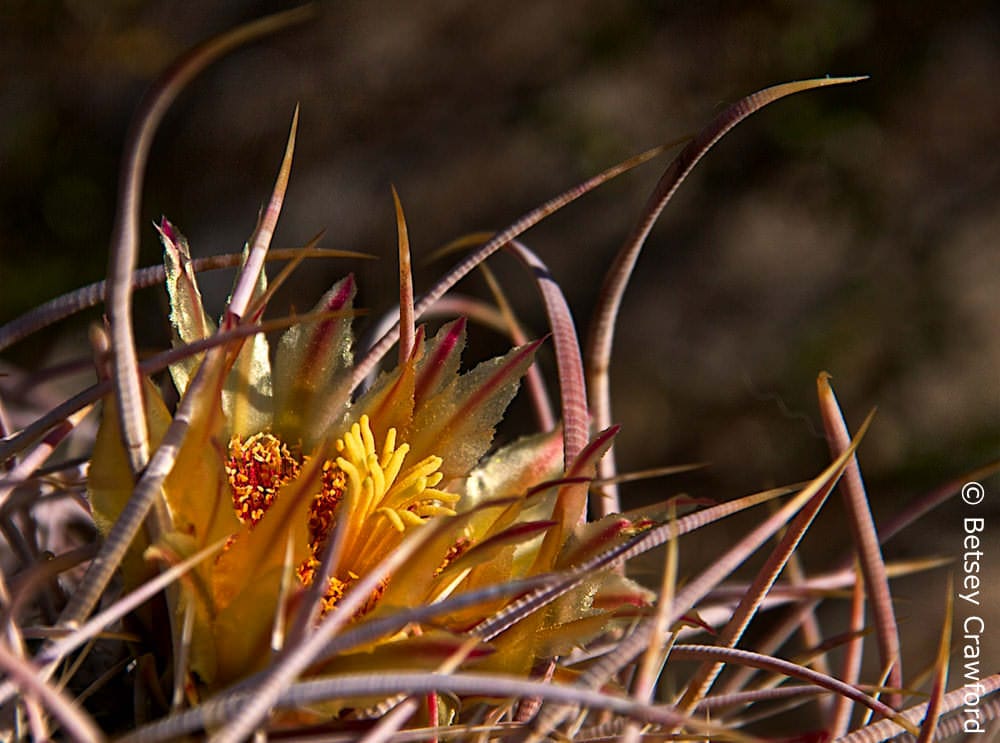
Spines are one of the most distinctive features of cacti, growing even on those few species that have fleshy leaves. They protect the body of the plant from herbivores (and do a good job of keeping photographers at bay.) They don’t hold water themselves, being made from dead cells, but they provide modest shade to the surface of the stems.
By slowing wind and trapping air, they keep a buffer around the skin, preventing excess water loss. When rain and fog show up, they condense drops and drip them on the shallow roots waiting below.
The bodies of cacti are their thick, fleshy stems, sometimes flat, most often cylinders of varying sizes. They are where photosynthesis takes place. Because of the heat and dryness, cacti photosynthesize differently from their leafy cousins in wetter places. There, pores called stomata open all day to allow carbon dioxide in and oxygen out.

Cacti protectively keep their stomata closed during the day to preserve water. They open them as the evening cools, and have evolved a way to take in carbon dioxide at night, storing it as malic acid. This they turn into the energy chemicals ATP and NADPH during the day, with their stomata closed. It’s a far less efficient way to provide energy, which is why desert and other succulent plants grow so slowly.
For further protection, the skin cells of the stems form a tough, protective cuticle by combining fats and carbons with wax. The blue-gray cast of the wax gives the desert one of its distinctive colors. Pleats and ribs allow the stem to swell and shrink as water is available. A saguaro can hold over 200 gallons of water when rain is plentiful.
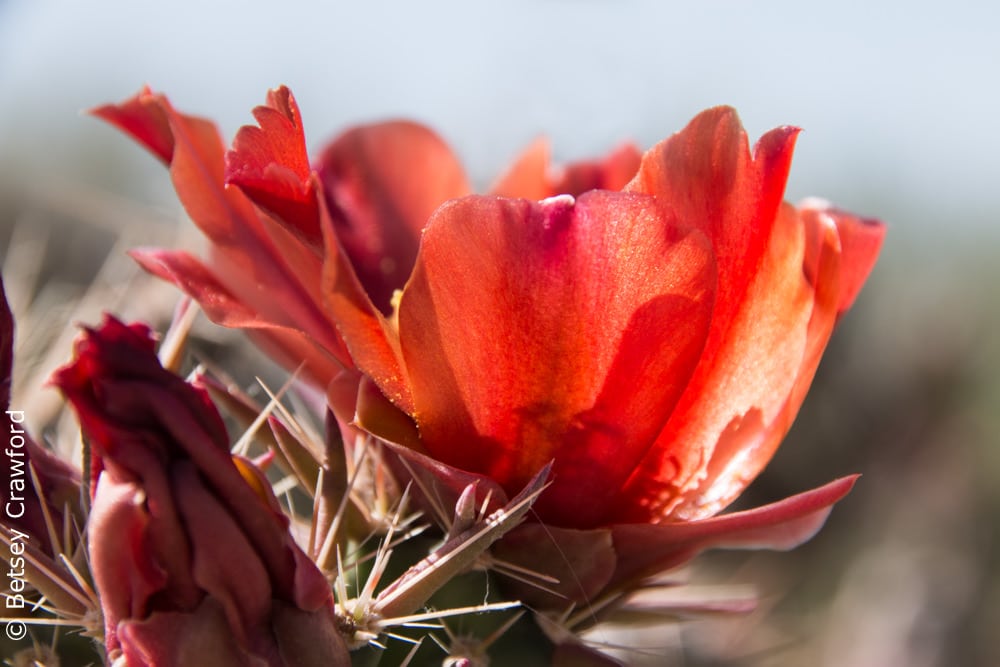
All of these adaptations are marvels. There is a deep ecological and historical connection between a plant and the place it grows naturally. In the face of their arid environments, where temperatures can freeze at night and rise to 115 degrees during the day, cacti became tough and prickly, able to fend off predators and conserve water. They evolved, along with their pollinators, to produce the loveliest of alluring flowers.

It’s this mingling of adaptations of color, size, shape, and functions that connect plants to place. That gives them a sense of belonging to the landscape, to the texture and color of the air, the life of that soil, and their fellow creatures. It’s not just about the way they look, although I have learned to love that part. It’s the way they feel, connected to the magic and mystery of the powers that created them. A direct connection to the soul of the earth.

Top photo: Many-spined prickly pear (Opuntia polycantha) Corona Arch, Utah
~ RELATED POSTS ~
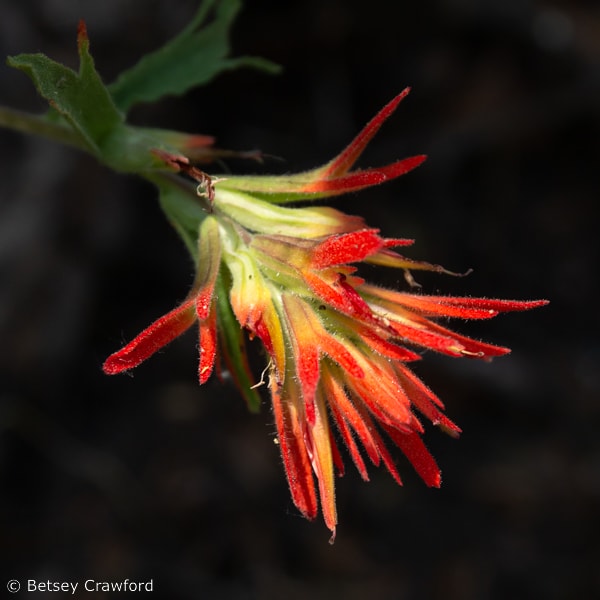
BEAUTIFUL VAMPIRES: THE CASTILLEJA GENUS
Gorgeous parasites, the Castilleja genus is both radiant and smart, with roots that read their neighbor’s presence, and head over to borrow nutrients. They bring up a fascinating question: what do plants know?
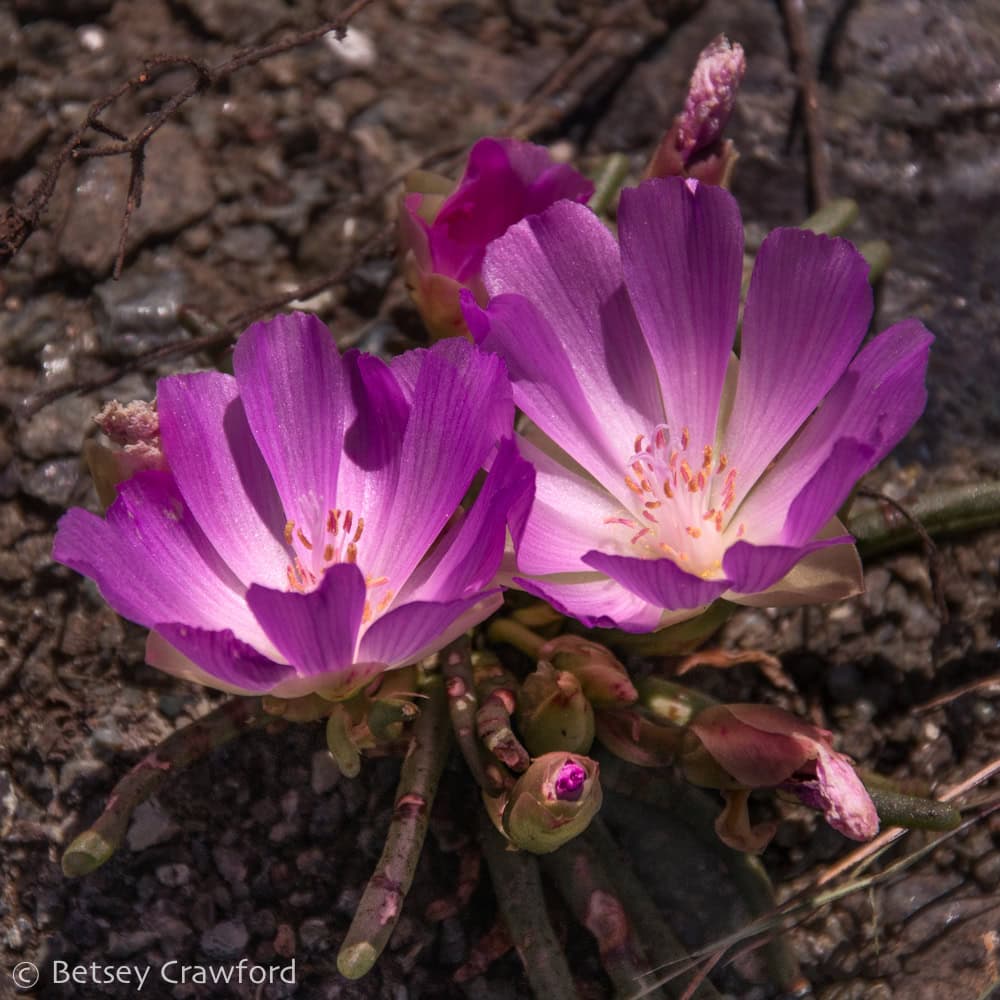
LIVING ON THE LEDGE: INGENIOUS BITTERROOT
This is a story about a difficult and fascinating terrain, a beautiful, adaptable flower, and a maddening claim. There are thousands of such stories in the intertwined history of humans and plants.

WHAT IS SO RARE AS A TIBURON MARIPOSA LILY
In bustling suburban San Francisco lives the only population of the Tiburon mariposa lily in the world. And the only population of Tiburon buckwheat. And Tiburon paintbrush. Marin is a ‘rarity hotspot’, a situation full of beauty and peril.
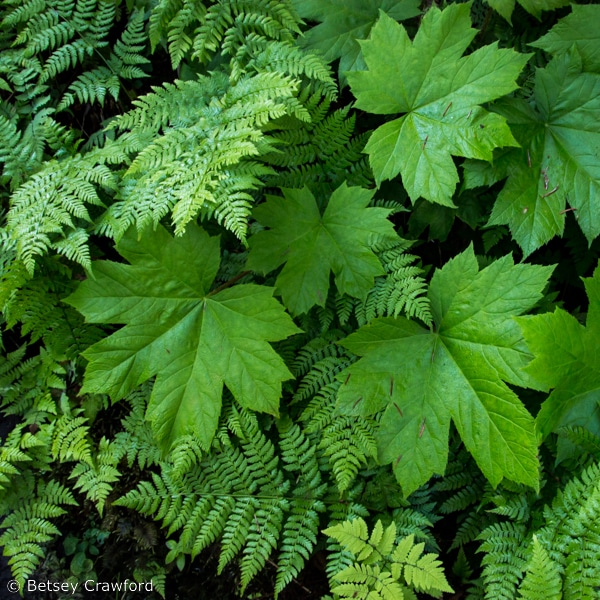
LIVING LIGHT: THE CRUCIAL MIRACLE OF PHOTOSYNTHESIS
To love plants is to be in awe of photosynthesis. A crucial, we-wouldn’t-be-here-without-it miracle. Its ramifications are so vast that once it showed up, it dictated all of the evolution that followed.